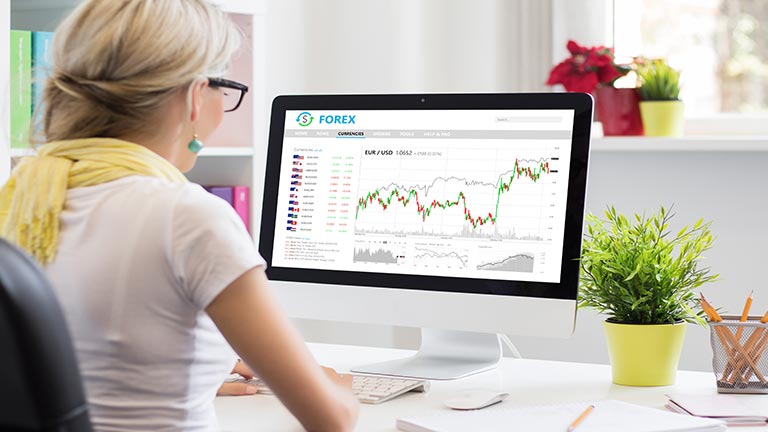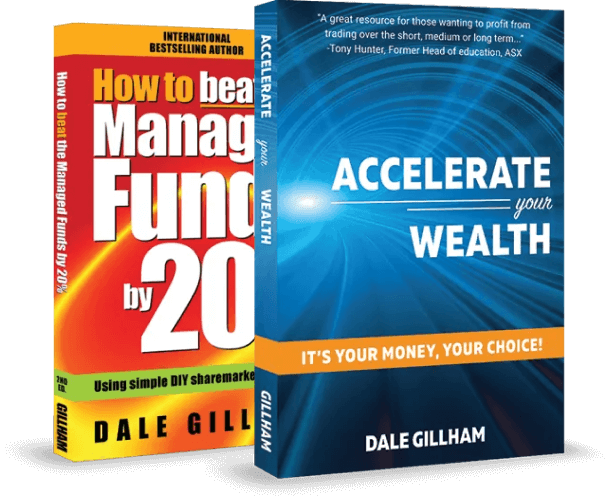Could Rio Tinto Surge Another 20% in the Next 12 Months?

By Fil Tortevski and Dale Gillham
Could Rio Tinto (ASX: RIO) be one of the most overlooked opportunities in the market right now? Goldman Sachs certainly thinks so, calling it undervalued and predicting over 20 per cent upside in the next year. Add in a fully franked dividend yield of 5.5 per cent, and it seems like a no-brainer. But the real story goes beyond just valuation and dividends—there’s a potential shake-up brewing that could send RIO’s share price soaring.
What would cause RIO Tinto to Rise 20 per cent?
Activist investor Palliser Capital wants RIO to ditch its costly UK dual listing, arguing it has drained $50 billion from shareholders. If RIO follows BHP’s lead and consolidates in Australia, it could unlock massive value—just as BHP’s shares jumped over 10 per cent after its restructure in 2022.
Goldman is also bullish on RIO’s growing copper production, expected to outpace BHP. With electrification and infrastructure spending driving demand, copper prices could hit $10,200/t in Q3 2025, boosting RIO’s margins.
Is RIO undervalued right now?
Technically, RIO has been trading between $114 and $124 since last October, with strong buying support at the lower end. This range-bound action suggests a buildup of pressure, and a breakout above $124 could trigger a sharp rally toward long-term resistance at $136. Historically, similar breakouts have led to sustained upward moves, however, if $124 holds as resistance, RIO may remain range-bound or retest lower levels before its next major move.
So, with undervaluation, a potential structural shift, and surging copper demand, RIO looks primed for upside. But will the market wake up to the opportunity?
What are the best and worst-performing sectors this week?
The best-performing sectors included Utilities up 3.23 per cent, followed by Materials, up 0.51 per cent and Energy, up 0.08 per cent. The worst-performing sectors included Information Technology, down 4.35 per cent, followed by Health Care, down 3.53 per cent and Consumer Discretionary, down 3.28 per cent.
The best performing stocks in the ASX top 100 included Evolution mining, up 11 per cent, followed by Newmont Corporation, up 9.88 per cent and Lynas Rare Earths, up 8.69 per cent. The worst-performing stocks included Flight Centre Travel Group, down 15.27 per cent, followed by Macquarie Group, down 12.51 per cent, and CAR Group, down 10.78 per cent.
What's next for the Australian stock market?
Sellers dominated last week’s, pushing the All Ords down over 2 per cent and extending its slide to more than 10 per cent from its February peak—officially putting the market in correction territory. But could there be a silver lining?
Historically, outside of COVID, a 10 per cent correction often signals the end of a downtrend and the point where buyers step in. What makes this drop particularly interesting is its speed. The last five corrections of this magnitude took at least two months—sometimes up to a year—to play out. This time, it has happened in under four weeks.
Why does that matter? The lack of buyers during the sell-off suggests the recovery could be just as fast. Typically, prolonged corrections unfold in lower waves, with weak buyers meeting strong sellers. But when there are no buyers at all, sharp declines are often followed by equally sharp rebounds.
So, with the market now testing the key 7,900 support level, buyers could soon emerge, creating the potential for a rapid turnaround. If 7,900 holds, those prepared could take advantage of a swift rebound. If it breaks, then 7,500 is the next major level where buyers may step in.
For now, good luck and good trading.
Dale Gillham is the Chief Analyst at Wealth Within and the international bestselling author of How to Beat the Managed Funds by 20%. He is also the author of the bestselling and award-winning book Accelerate Your Wealth—It’s Your Money, Your Choice, which is available in all good bookstores and online.






